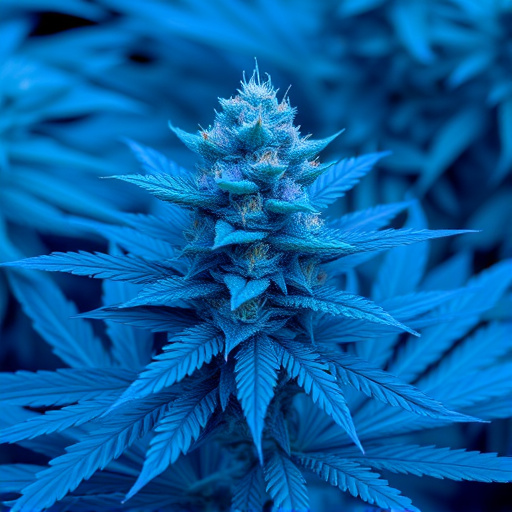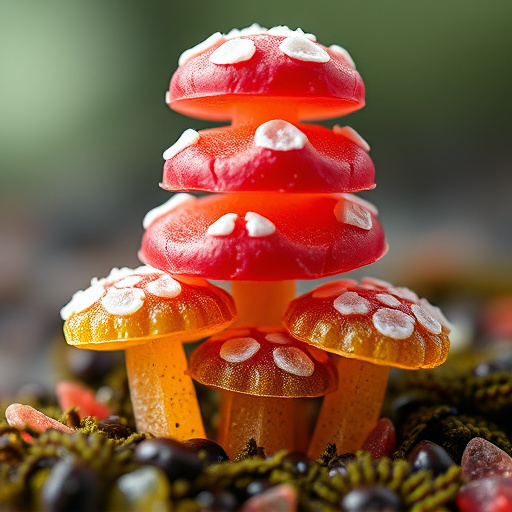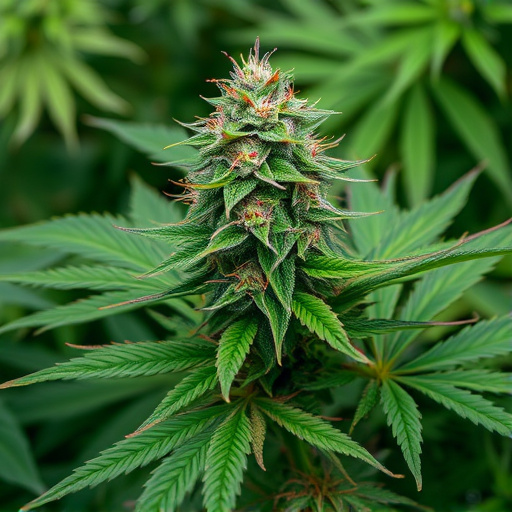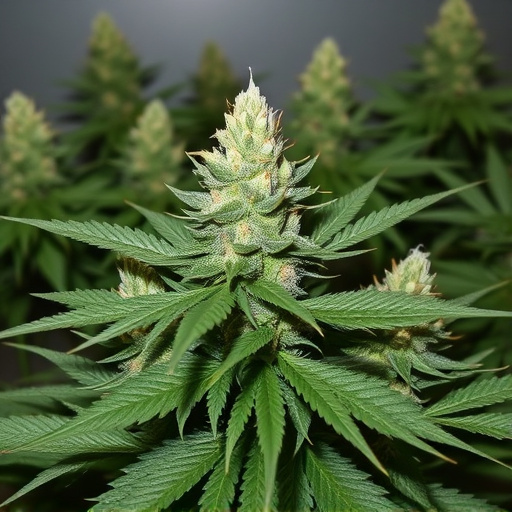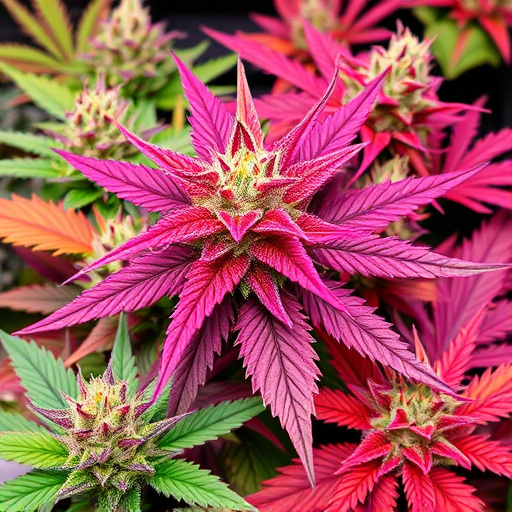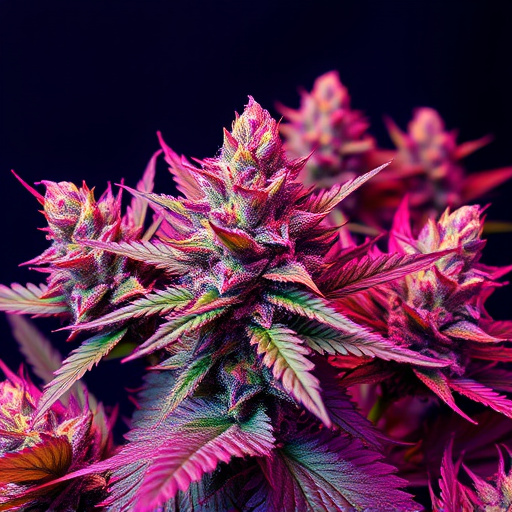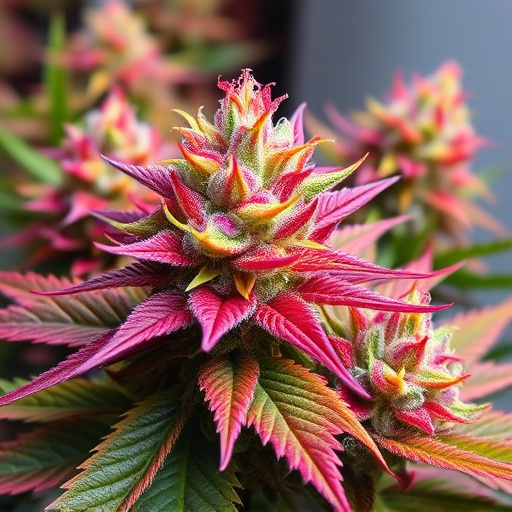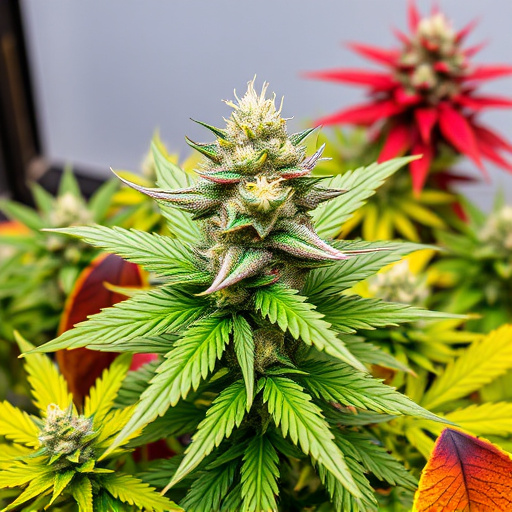Cannabis potency, driven by genetic factors, is measured by THC concentrations, which dictate a strain's effects. Cultivators breed plants for specific traits, creating high-THC, vibrant colorful marijuana strains with diverse terpene profiles. Understanding genetics is crucial for producing top-quality colorful strains, enabling consumers to navigate the market and select the best fit for their preferences and desired experiences.
Looking to maximize the potency of your cannabis flowers? This guide unravels the secrets to unlocking powerful yields, delving into every stage of the process from understanding genetic factors influencing strength to cultivation techniques designed to boost cannabinoid content. Discover optimal growing conditions, effective nutrient management strategies, and precise harvesting methods. Additionally, learn about post-harvest processing techniques, including drying, curing, and decarboxylation, ensuring your final product lives up to its promise. Explore popular high-potency strains and unlock the secrets to cultivating vibrant, potent marijuana varieties, from colorful genetics to meticulous care.
- Understanding Cannabis Potency and Genetic Factors
- – Definition of cannabis potency
- – Role of genetics in flower potency
Understanding Cannabis Potency and Genetic Factors
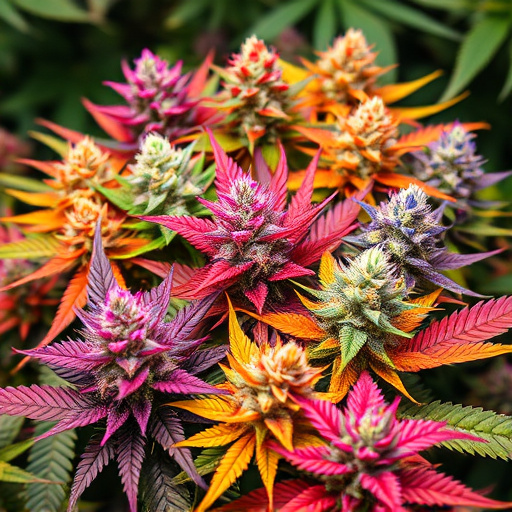
Cannabis potency refers to the concentration of cannabinoids, particularly tetrahydrocannabinol (THC), in a plant. Understanding potency is crucial when cultivating high-quality marijuana strains, especially those known for their colorful and vibrant appearances. Genetic factors play a significant role in determining the potential potency of cannabis plants. Different strains have been bred over time to express varying levels of THC, offering diverse experiences for consumers.
The genetic makeup of a plant directly influences its chemical composition, including cannabinoid profiles. Certain breeding practices, such as selecting for specific traits or crossing different varieties, can result in marijuana strains with exceptionally high THC levels, contributing to their potency and the intense effects users may experience. These genetic factors are essential considerations for cultivators aiming to produce top-tier, potent cannabis flowers.
– Definition of cannabis potency
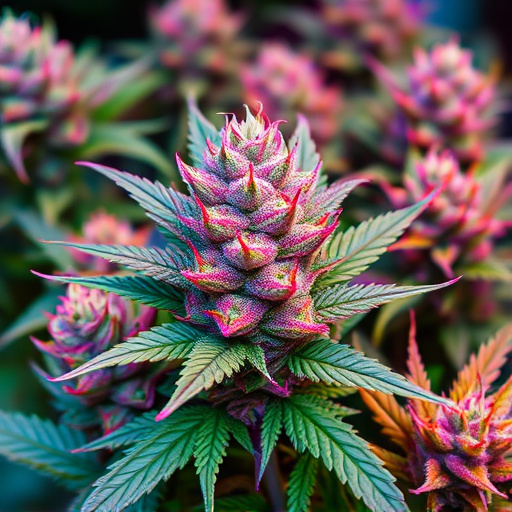
Cannabis potency refers to the concentration of THC (tetrahydrocannabinol), the primary psychoactive compound responsible for the plant’s intoxicating effects. It is a measure of how powerful or intense a particular strain of marijuana can be. The higher the THC level, the more potent the flower is considered. Potency is an essential factor for users seeking specific experiences, from relaxing and uplifting to more intense and cerebral effects.
Understanding potency is crucial when exploring the diverse world of cannabis, especially with colorful marijuana strains that often boast unique terpene profiles alongside high THC content. Each strain offers a different journey, catering to various preferences and desired outcomes. By recognizing potency levels, consumers can make informed choices, ensuring they enjoy the best possible experience tailored to their tastes and needs.
– Role of genetics in flower potency
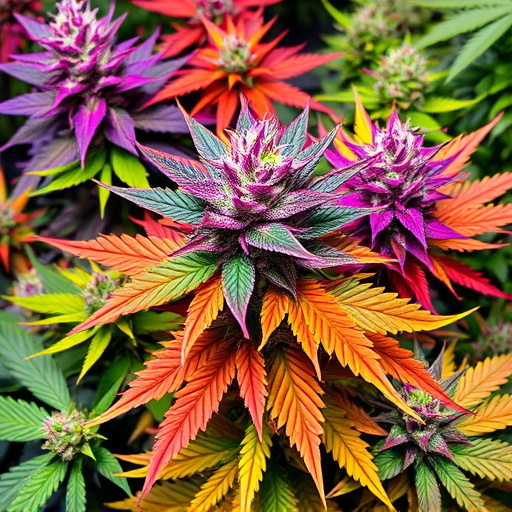
The genetic makeup of a cannabis plant plays a significant role in determining the potency of its flowers, or buds. Different strains exhibit varying levels of cannabinoid and terpene profiles, contributing to their unique effects and aromas. Some colorful marijuana strains are renowned for their high THC content, offering potent psychological experiences, while others may boast robust CBD levels, providing potential medicinal benefits without the mental buzz.
Breeders have meticulously selected and cultivated plants with desirable genetic traits over generations, leading to the creation of highly potent strains. These strains often result from crossbreeding techniques that combine the best characteristics of different cultivars. Understanding genetics is crucial for cultivators aiming to increase potency, as it allows them to make informed decisions about which strains to propagate and how to optimize growing conditions to maximize cannabinoid production.


